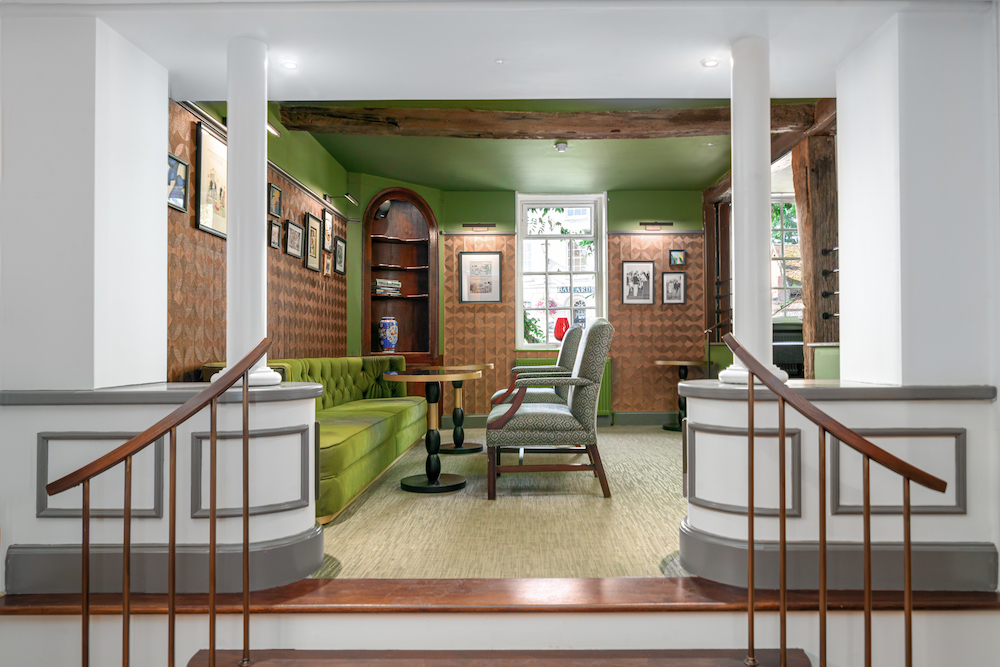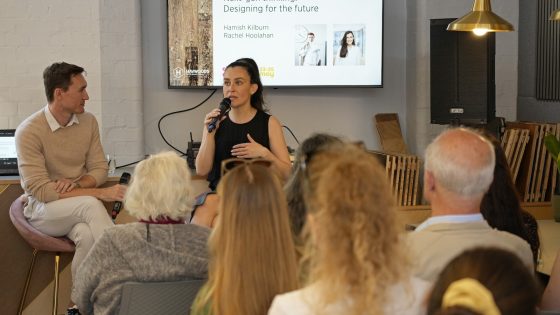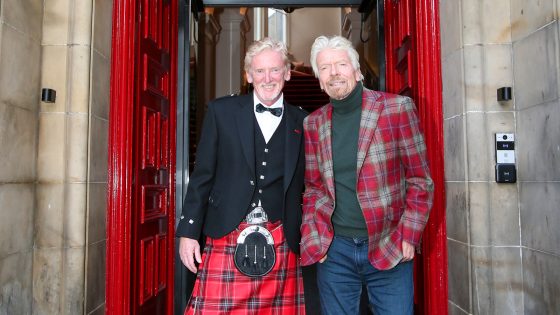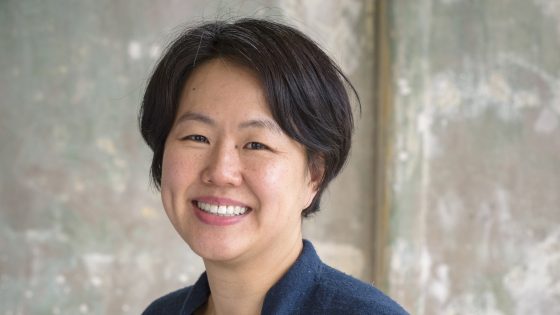Nicholas De Klerk (a former Director at Aukett Swanke) and Sze Wei Lee (a former Associate at Aukett Swanke) have teamed up to launch a new design and architecture studio. Based in London, Translation Architecture is on a mission to translate innovate ideas into extraordinary spaces on tomorrow’s hospitality scene. Editor Hamish Kilburn exclusively speaks to the two founders to establish more…
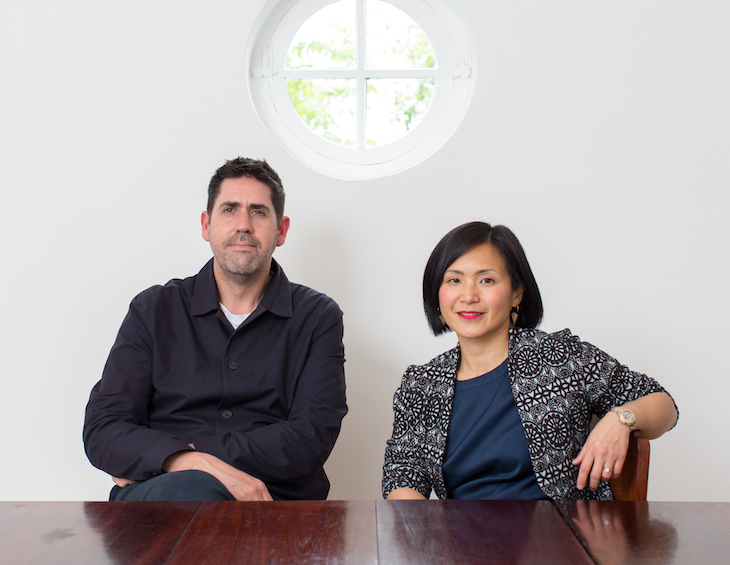
Hamish Kilburn: Where did the name Translation Architecture come from?
Nicholas De Klerk: The role that writing plays in translating abstract ideas into design concepts is a key part of our design process. Dialogue and conversation, often taking the form of writing, are important to our collaborative creative process. As the practice has taken shape, this notion has developed in interesting ways:
- Translation in Outlook: We have an internationalist approach, but are rooted here in the UK, and find that an interesting creative tension to explore in our work.
- Translation in Practice: Embracing collaboration is bedrock value of our practice. We see the design process as collaborative from start to finish, with the client, wider design team, builders and makers and ultimately with building users.
- Translation in Design: We genuinely believe that design is enriched by making space for multiple voices and ideas.
- Translation in Building: We know that 80% of the buildings that will exist in 2050 (The UK’s target for achieving Net Zero Carbon) have already been built. So, while designing new, low energy, sustainable hotels is a deeply exciting prospect, improving the energy efficiency of our existing hotel stock is an incredibly important task, and one which is a focus of our practice.

Image caption: A concept hospitality set that Nicholas De Klerk and Sze Wei Lee worked on in 2017.
Sze Wei Lee: Our logo is a ligature of the two initials in the studio name designed for us by Alister Shapley. It can be seen as the two letters, a space, a building or a view out of one. Our design process, which is invested in the idea of translation – from concept to drawing, drawing to building, building to use – is embodied in this glyph.
HK: What are the big differences from working at Aukett Swanke to Translation Architecture?
SWL: There is no getting around the fact that it has been a big change! We both worked in the company for over a decade, often on projects together. We learned a great deal and made many friends over the years, as one often does in a large practice environment.
A smaller practice inevitably has less in the way of resources but compensates for that with the ability to be more flexible and responsive to the needs of clients and projects. We are also able to adapt readily to the challenges of constantly evolving technologies, environmental and supply chain issues.
HK: What would you say are the main benefits of setting up your own studio?
NDK: It’s been a very interesting time. We started out working remotely, as many people have been doing over the last year. This has its challenges but brings with it many freedoms. This has allowed us to define the ways in which we would like to work differently – we will keep the positive aspects of this as we build our studio and as we all come out of the pandemic.
There is also inevitably a more direct sense of personal responsibility. You are creating not just new spaces and places for people but also a personal legacy. We see this as both a responsibility and a privilege.
HK: What makes your working relationship unique?
SWL: Something we have forged over years of friendship and working together is a deep sense of trust and mutual respect. We believe this is essential for anyone looking to start a new creative partnership.
HK: Can you tell us a bit more about some of the projects you are working on?
NDK: We are currently working on two UK hotel projects. These are both for a new brand – The Relais Retreats which is a waterside hospitality concept developed by Grace Leo and Tim Hartnoll. One of these will complete its first phase within the next month. Both are complete refurbishments of existing buildings, one of which is Grade II Listed. The heritage and urban context of each building is fundamental to the hotel concepts that we are developing. Both also embrace changing attitudes to work by creating beautifully designed and well serviced, generous lounges with great F&B which nonetheless create a comfortable environment with a domestic feel to it – a work from home environment that doesn’t necessarily need to be at home.
- Image caption: The Relais Henley: The Quarterdeck Bar
- Image caption: The Relais Henley: The Quarterdeck Bar
SWL: We are also in discussions for a retail concept in the London’s west end which we are quite excited about.
HK: Both of these projects are on British soil. What makes Britain a major design hub?
SWL: London, like many other cities in the U.K., is one of those places where people from different parts of the world can meet and form professional and creative connections. We feel very fortunate to have benefitted from this.
NDK: The UK also has incredibly well-preserved built heritage and architecture in cities and market towns across the country. This heritage and sense of place is something that is a constant source of inspiration to us.
HK: What advice would you give to people who are in a similar situation to you when you decided to set up this studio?
SWL: It is important to have networks in whichever sector you want to work in. This is hard to do across the board, so it helps to have a focus. We have had a hugely positive response to our decision to join forces and there is no doubt in our minds that this goodwill is due in part to the relationships that we have built in the hospitality industry and architectural profession over time.
Also, be humble, stay open and keep learning!
HK: How important has collaboration been as you start this chapter?
SWL: Fundamental. As we said earlier, collaboration is hard-wired into our identity as a practice, our ethics and design process.
Main image credit: Translation Architecture

